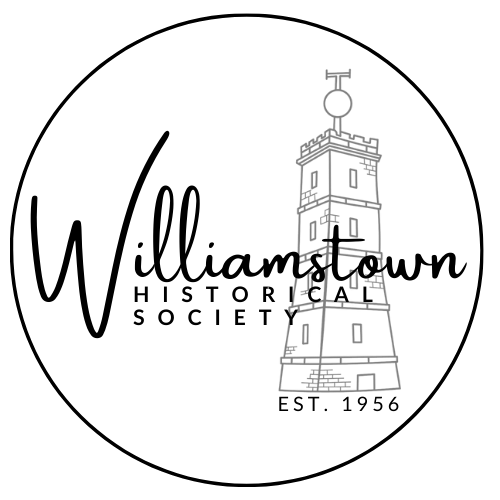Newport
HOME OF THE RAILWAY
The changing names of the local area of Newport, North Williamstown, Township of Greenwich.
Greenwich?
Various sections of what is now known as Newport were originally given other names. In the 1860s the area from Yarra Street to Wilkins Street was known as North Williamstown in the Township of Greenwich can be seen on the map offering land for sale. This land was on offer by James Moxham, Charles Ferguson and John Wilkins, all well-known residents of the town. Newport Station was also listed as “Junction Station” on this map.
In the 1880s another section of what is now Newport was called Greenwich. This was the area from the Yarra River back to Melbourne Road (then called Government Road) and from Collingwood Road to Peel Street (then called Nelson Road).
Newport
It is unknown why Newport was finally given that name but the station was renamed “Newport” from “Williamstown Junction” in 1881 and the name eventually took over for the entire suburb.
Rate records from 1863 indicate that a section of land around what is now Newport Lakes was leased by William Hall to Samuel Bunting and Charles Newport so possibly the suburb could have been named after Charles Newport.
Alternatively, it could have been named after one of the many towns named Newport in the United Kingdom, or been given the name as it was a ‘new port’ at the mouth of the Yarra River.
Image: Plan of Building Land at North Williams Town (Newport) c.1860s (SLV Collection)
Early settlers & the railways
Industry played a significant role in the development of Newport, with the establishment of the Newport Railway Workshops, Newport Power Station, and woollen mills. Bluestone quarries were also opened up on the suburb's basalt plain, with transportation access via rail and the main ferry between Melbourne and Williamstown operating from The Strand until the Westgate Bridge replaced it in the 1970s.





